Phosphorus and the Octet Rule
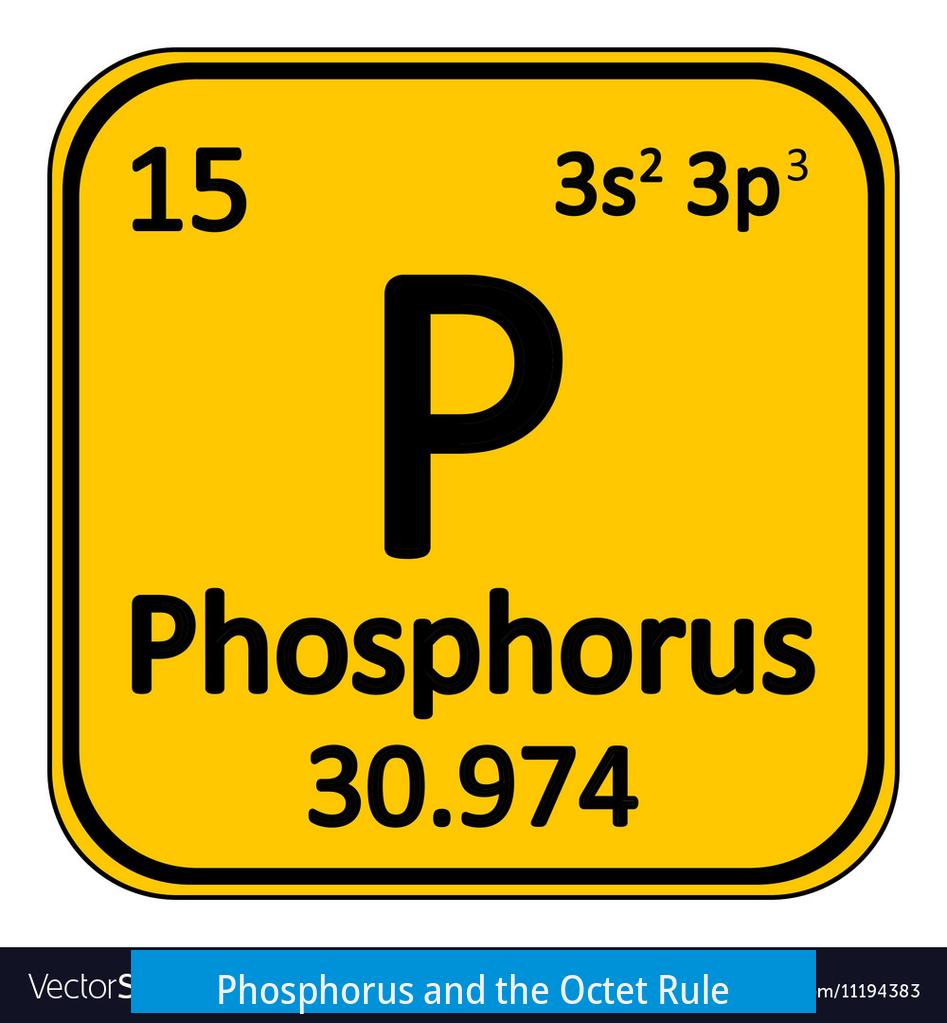
Phosphorus generally obeys the octet rule, maintaining up to eight electrons in its valence shell. This contradicts common popular notions that phosphorus frequently expands its octet by utilizing d orbitals. Modern understanding and computational evidence uphold that phosphorus prefers configurations consistent with the octet rule.
Phosphorus Obedience to the Octet Rule
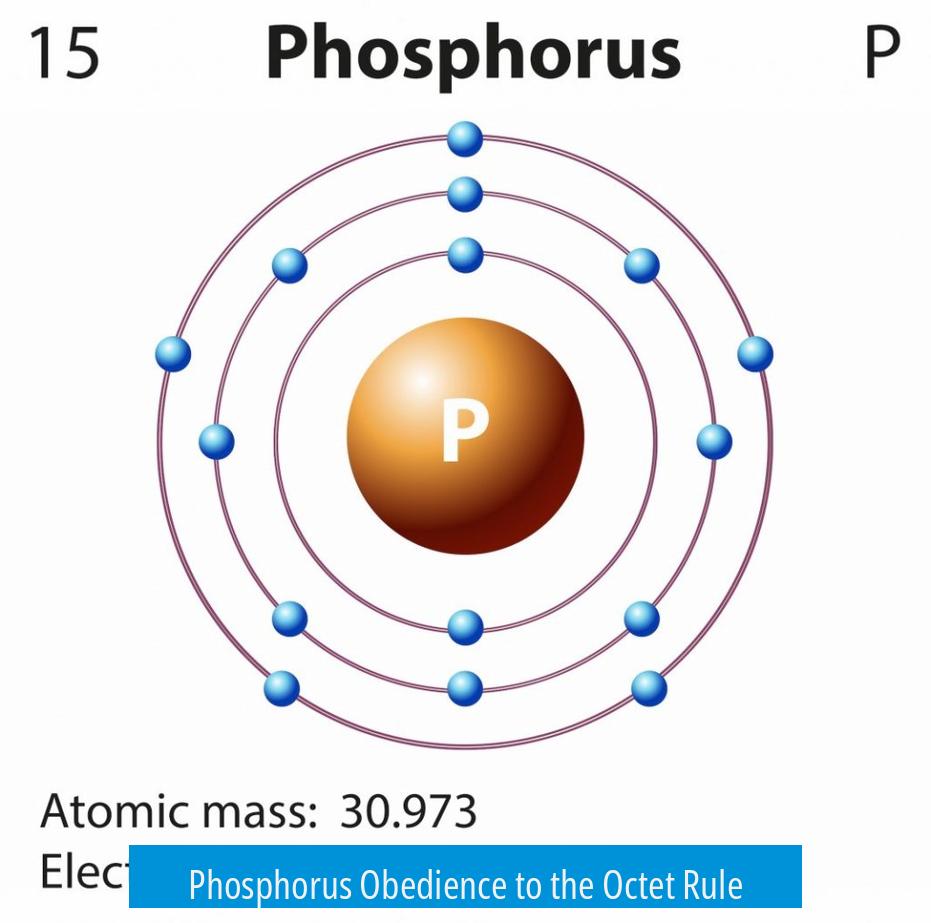
The octet rule asserts that atoms tend to surround themselves with eight electrons, achieving noble gas electronic configuration. Phosphorus, with five valence electrons, typically forms four active bonds, sharing electrons and completing an octet. This means phosphorus attains electronic stability by filling its valence shell with a total of eight electrons during bonding scenarios.
Bonding Characteristics and Charge Distribution
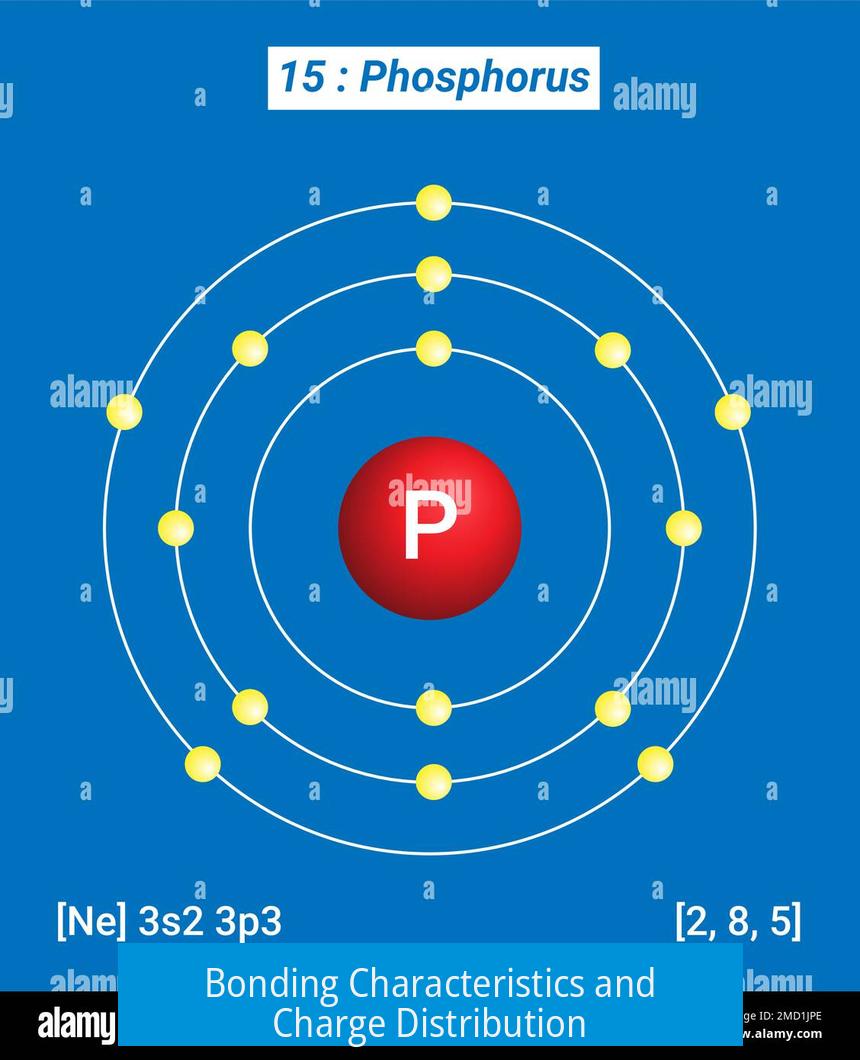
- Phosphorus tends to form four bonds actively.
- In compounds such as phosphonates, phosphorus holds a positive charge while oxygen carries a negative charge, resulting in a zwitterionic structure.
- Bonding is sometimes simplified by showing phosphorus-oxygen double bonds (P=O) for clarity, even though the distribution of charges may indicate ionic or zwitterionic character.
- In phosphorus pentachloride (PCl5), the phosphorus atom carries a positive charge while one chlorine atom is negatively charged. This describes ionic character rather than expanded octet structures.
Rethinking the d Orbital Concept
The classical notion that phosphorus expands its octet by involving d orbitals is largely outdated. Quantum chemical calculations from the 1980s onwards show phosphorus has very poor ability to access d orbitals effectively. Professors occasionally maintain the d orbital explanation out of pedagogical convenience, but the actual bonding does not rely on this mechanism.
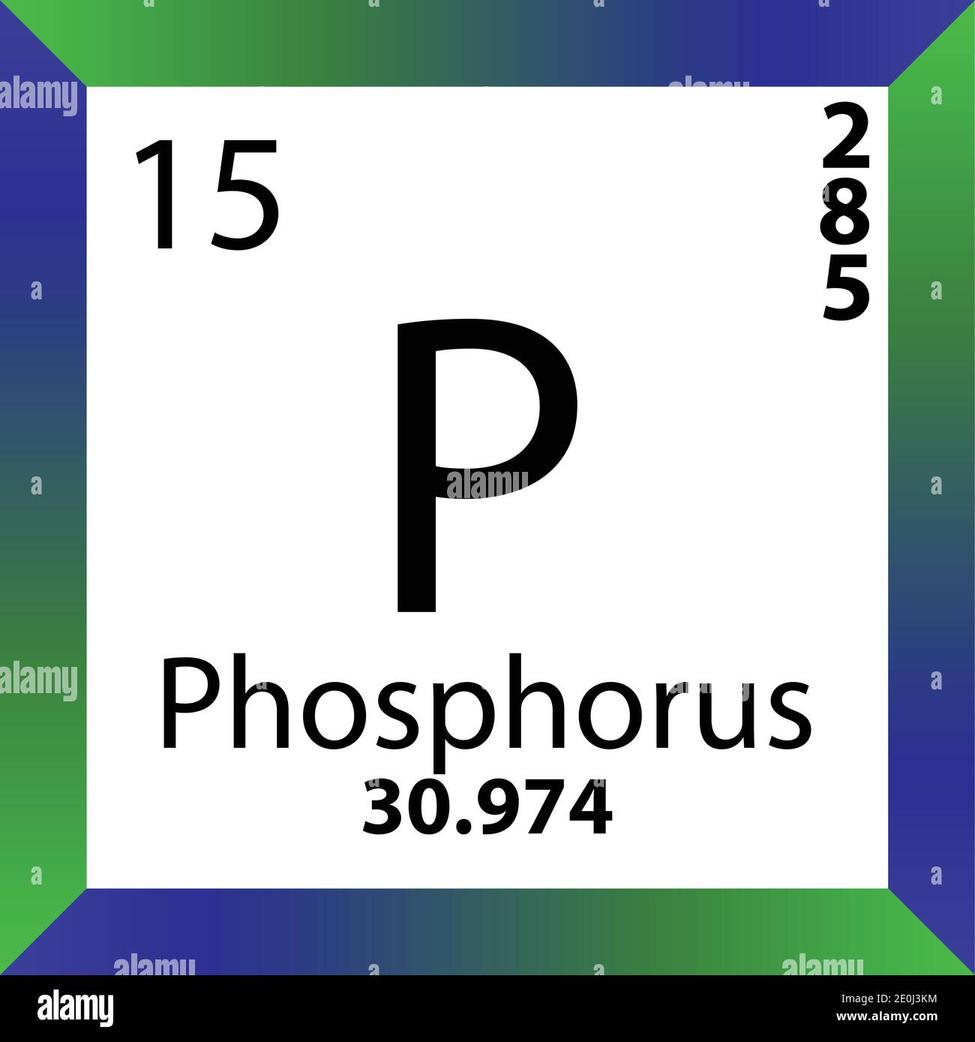
Instead, phosphorus satisfies bonding requirements by balancing charge and making four bonds without exceeding the octet significantly. This understanding helps clarify the electron count in its compounds without invoking d orbital participation.
Double Bonds Beyond Oxygen
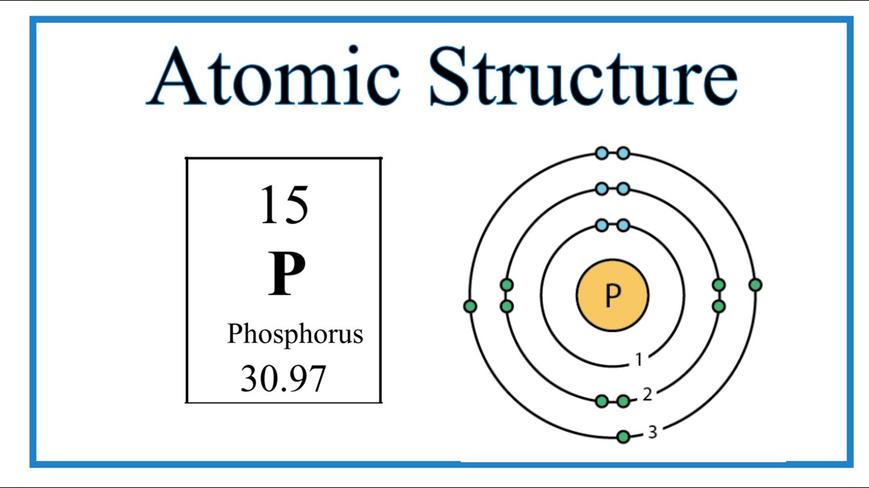
Phosphorus forms double bonds not just with oxygen but also with other elements. Examples include:
- Phosphorus-sulfur double bonds (P=S)
- Phosphorus-selenium double bonds (P=Se)
- Phosphorus-nitrogen double bonds as in imines (P=N-R)
This versatility in bonding extends phosphorus chemistry beyond classical oxo compounds and reflects more nuanced electron sharing rather than octet expansion through d orbitals.

Comparison With Nitrogen: Periodic Table Context
Phosphorus and nitrogen both belong to Group 15 of the periodic table and show related bonding patterns. Nitrogen commonly forms four bonds in some salts (e.g., Et3NHCl), with analogous charge distributions. This parallel suggests that phosphorus’s bonding resembles nitrogen’s behavior, maintaining an eight-electron valence shell without significant violation of the octet rule.
Energetics and Hybridization Considerations
The formation of additional bonds by phosphorus is not a straightforward case of low-cost hybridization to access more orbitals. Instead, it reflects a delicate balance between the energetic cost of hybridization and the stability gained by forming new bonds. This concept parallels how carbon forms four bonds despite having only two unpaired electrons initially.
Misconceptions on Octet Rule Violations
| Misconception | Reality |
|---|---|
| Phosphorus frequently breaks the octet rule to hold many extra electrons. | Phosphorus maintains the octet with positive oxidation states and does not accumulate excessive electrons. |
| Phosphorus uses d orbitals extensively to expand bonding capabilities. | Orbital access calculations show minimal d orbital participation in bonding. |
Oxidation States in Phosphorus Compounds
In compounds such as phosphorus chlorides, phosphorus consistently holds a positive oxidation state. For instance, in PCl5, phosphorus is positively charged to balance the negative charges on chlorine atoms. This reinforces the idea that oxidation states align with electron distributions honoring the octet framework.
Key Takeaways
- Phosphorus obeys the octet rule by maintaining eight valence electrons through bonding.
- Phosphorus generally forms four active bonds with charge distribution leading to zwitterionic or ionic character.
- The concept of expanded octets via d orbital participation is largely invalid for phosphorus.
- Phosphorus forms double bonds with oxygen, sulfur, selenium, and nitrogen without violating the octet rule.
- Phosphorus behaves similarly to nitrogen due to their group relationship in the periodic table.
- Oxidation states of phosphorus compounds support octet-compliant, positively charged phosphorus centers.
Phosphorus Octet Rule: Busting Myths and Exploring Real Chemistry
The phosphorus atom obeys the octet rule. Yes, you read that right. Despite what many might believe, phosphorus doesn’t go wild stuffing its valence shell with 30 trillion electrons. Instead, it usually limits itself to eight electrons, maintaining chemical sanity.
Let’s dig deeper. Phosphorus, that essential chemical element, has for decades been a subject of confusion, especially about its bonding capabilities and whether it breaks the famed octet rule. Spoiler alert: It mostly doesn’t, and the reality is more interesting than myth!
Why Do People Think Phosphorus Breaks the Octet Rule?
Pop quiz: What do you think happens when phosphorus forms compounds like PCl5? The textbook answer says “expanded octet,” since phosphorus seems to partner with five chlorines, apparently exceeding the eight-electron limit. But is that the full story?
Back in the ’80s, some computational studies looked at phosphorus’s ability to use d orbitals for bonding. Results? Phosphorus barely touches those d orbitals. Professors kept the ‘expanded octet’ tale flowing because it’s simpler; however, the calculations reveal the myth’s weak foundation. This story teaches us not to accept simplified tales at face value.
Phosphorus’s Bonding: A Balancing Act
Phosphorus typically forms four active bonds, often balancing positive and negative charges internally. Take phosphonates; phosphorus bears a positive charge, while oxygen carries a negative one, leading to a zwitterionic structure. Chemistry textbooks often show a double bond, like P=O, but that’s a convenient shorthand.
Similarly, in phosphorus pentachloride (PCl5), phosphorus carries a positive oxidation state, and one chlorine carries a negative charge. This reflects ionic character rather than expanded octets. So instead of stretching valence shells, charges shift to keep phosphorus’s electron count reasonable.
Phosphorus and Its Periodic Table Buddy Nitrogen
Phosphorus and nitrogen are neighbors in the periodic table. Just like phosphorus, nitrogen sticks to the octet rule and manages charges cleverly. Remember the HCl salt of triethylamine (Et3NHCl)? Here, nitrogen takes on a positive charge balanced by chloride’s negative charge, echoing the phosphorus case. Similar chemistry, similar tricks.
Phosphorus is More Than Just Oxygen Lovers
You often see P=O bonds highlighted, but phosphorus doesn’t limit itself to oxygen. It can form double bonds with sulfur (P=S), selenium (P=Se), and nitrogen (P=N-R). These connections showcase phosphorus’s chemistry versatility, challenging the narrow view that it just bonds with highly electronegative atoms.
Energy Costs and Hybridization: The Real Bonding Story
Some argue phosphorus forms multiple bonds because it happily hybridizes and expands its valence shell. The energetics tell a nuanced story. The energy cost to create these extra bonds isn’t trivial. It’s a balance. Just like carbon forms four bonds despite only having two unpaired electrons, phosphorus’s bonding reflects a clever trade-off between bond formation and energy cost — not orbital expansion magic.
Practical Implications: Phosphorus in Health and Diet
Phosphorus isn’t just an abstract element. It’s vital in our bodies but also a concern when kidneys don’t work well. High phosphorus levels can cause heart disease, weak bones, joint pain, and worse. This reality impacts diet, health, and lifestyle choices.
Why Do High Phosphorus Levels Matter?
When kidneys falter, phosphorus accumulates in the blood. Excess phosphorus leads to serious health issues, so managing phosphorus intake becomes critical. It’s a balancing act akin to phosphorus’s own chemical balancing.
How to Limit Phosphorus Intake
Drastic phosphorus limitation isn’t easy because nearly every food contains some. Processed foods, fast foods, packaged snacks, and even many sodas often have phosphorus additives like calcium phosphate or phosphoric acid.
Pro tip: Read food labels carefully. Ingredients containing “phos” hint at added phosphorus. Avoiding these can significantly reduce phosphorus intake.
Natural vs. Processed Phosphorus
Natural foods have phosphorus naturally, but our bodies absorb less from them compared to processed foods. So choosing fresh foods offers better nutrition and reduces phosphorus absorption. Consider swapping processed cheeses for a slice of Swiss or cheddar. Choose homemade meals over fast food. Simple changes, big impact.
Specific Food Swaps to Lower Phosphorus
| Higher Phosphorus Foods | Lower Phosphorus Substitutes |
|---|---|
| Fast foods, packaged snacks | Homemade meals |
| Processed cheeses and spreads | Brie, Swiss, cheddar, mozzarella |
| Regular/low-fat cream cheese or sour cream | Fat-free cream cheese or sour cream |
| Ice cream or frozen yogurt | Sherbet, sorbet, frozen fruit pops |
| Processed meats with phosphorus additives | Lean beef, fresh poultry, seafood without phos additives |
| Chocolate, caramel snacks and drinks | Jelly beans, fruit snacks (in moderation) |
| Colas, pepper sodas, energy drinks with phos | Lemon-lime soda, ginger ale, plain water, brewed tea or coffee |
Phosphate Binders: A Helping Hand
Doctors may prescribe phosphate binders to reduce phosphorus absorption from foods, but these are only partially effective. Patients still need to regulate their diet carefully. Think of phosphate binders as a secondary defense, not the frontline.
Wrapping Up: The Real Phosphorus Story
The phosphorus octet rule story is a classic case of chemistry mythbusting. Contrary to popular belief, phosphorus obeys the octet rule and doesn’t freely exploit d orbitals to expand its valence shell. It cleverly manages bonding through charge distribution and energy balancing. This insight challenges us not to take textbook simplifications as gospel and appreciate the chemistry subtlety.
On the health front, phosphorus is a balancing act, too. Vital yet potentially risky if mishandled. Understanding dietary sources and limiting added phosphorus is key, especially for those with kidney troubles. It’s a reminder that chemistry and health often meet in surprising ways.
So, what do you think? Ready to look at phosphorus with fresh eyes—from that tricky octet to the foods on your plate?
What is the true behavior of phosphorus regarding the octet rule?
Phosphorus generally obeys the octet rule by keeping up to eight electrons in its valence shell. It does not commonly exceed the octet as once believed.
How does phosphorus form bonds and charges in compounds like phosphonates?
Phosphorus typically forms four bonds. In phosphonates, it has a positive charge while oxygen carries a negative charge, resulting in a zwitterionic structure.
Is the idea that phosphorus uses d orbitals to expand its octet correct?
No, calculations show phosphorus poorly accesses d orbitals. The common explanation of d orbital involvement is mainly for simplicity, not accuracy.
Can phosphorus form double bonds with elements other than oxygen?
Yes, phosphorus can form double bonds with sulfur, selenium, and nitrogen, such as P=S, P=Se, and P=N-R, showing its bonding versatility.
How is bonding described in phosphorus pentachloride (PCl5)?
In PCl5, phosphorus holds a positive charge and one chlorine bears a negative charge. This ion pair model better explains bonding than expanded octets.


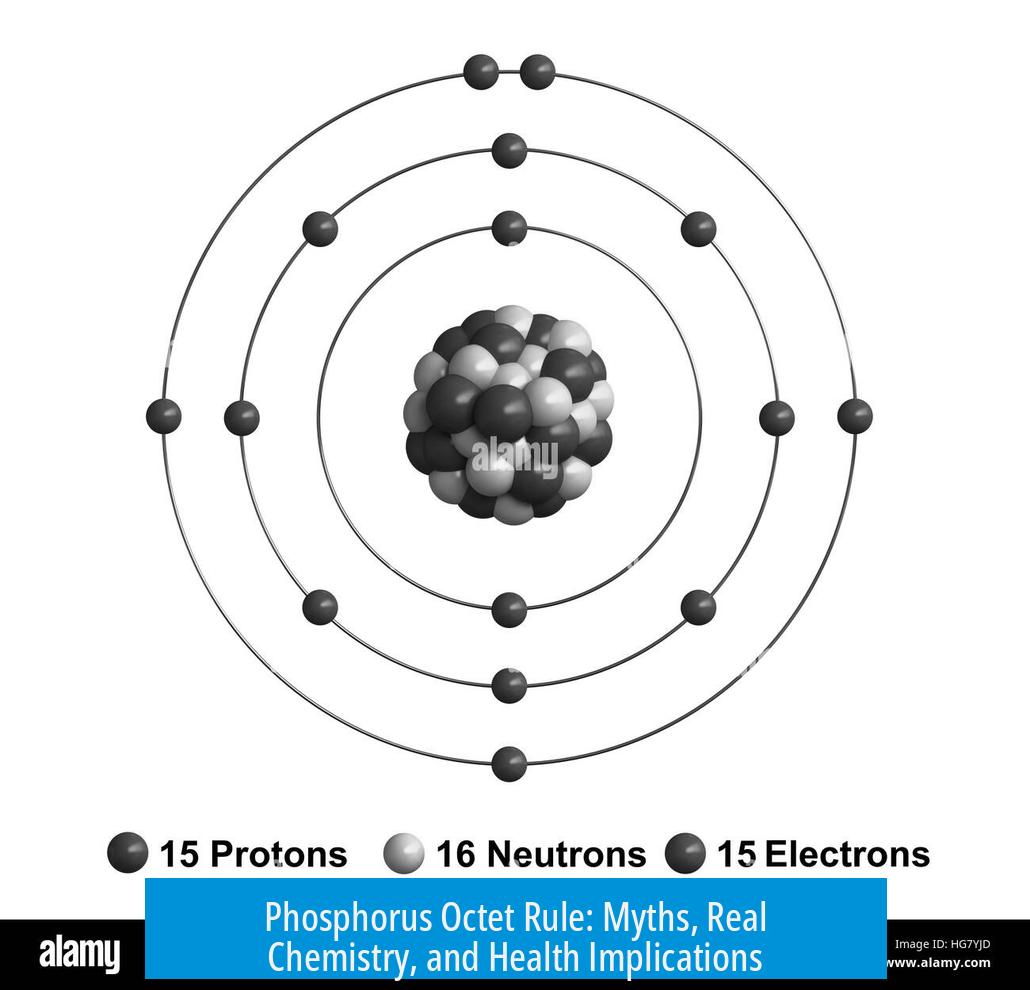

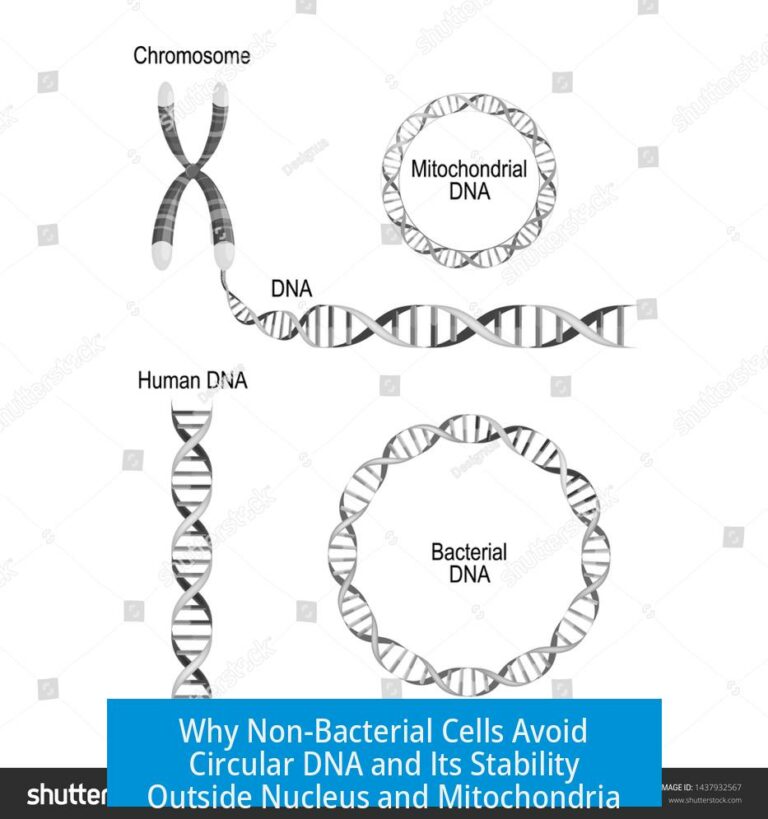
Leave a Comment